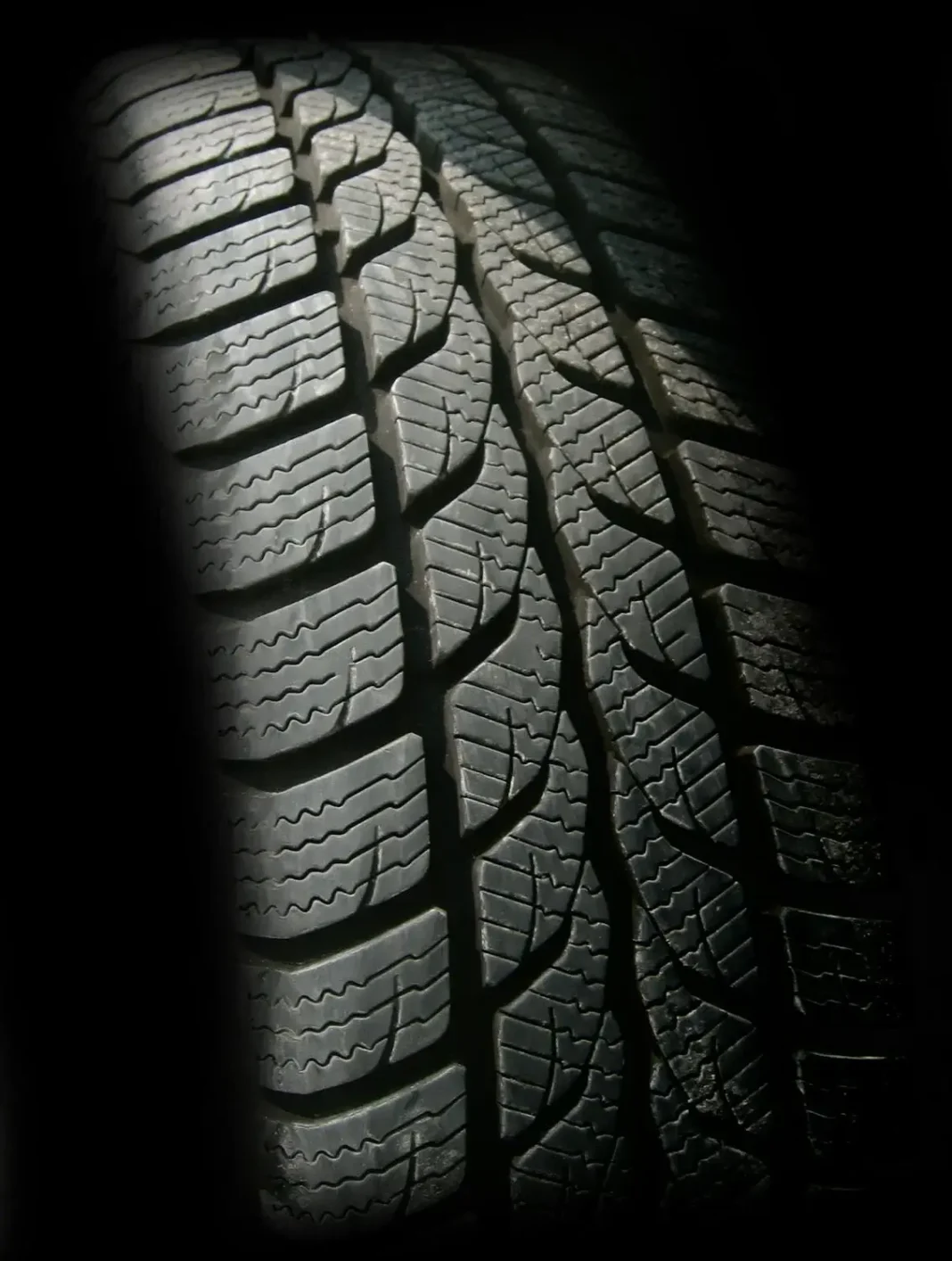When I first discovered composite cladding, I was amazed by how it transformed the appearance and efficiency of building projects. This innovative material offers homeowners and contractors a compelling alternative to traditional wood and vinyl siding, delivering impressive benefits that impact timelines and budgets.
In this article, I’ll share how composite cladding can significantly reduce construction and maintenance costs while saving valuable time. You’ll learn about its quick installation process, minimal maintenance requirements, and long-term durability that eliminates expensive replacements. I’ve gathered insights from industry experts and real-world examples to show why this material has become such a game-changer in modern construction.
What is Composite Cladding?
Composite cladding is an exterior wall covering made from engineered materials that combine wood fibers with synthetic components. This modern building solution offers significant advantages over traditional siding options for both residential and commercial applications. This is one good option to use for your exterior renovation or construction.
Definition and Composition
Composite cladding consists of a blend of wood fibers, recycled plastics, and binding agents. The mixture typically contains 30-50% wood flour or fibers and 50-70% thermoplastic materials like polyethylene or PVC. Manufacturers often add UV stabilizers, colorants, and fire-retardant chemicals to enhance performance and safety.
Manufacturing Process
Composite cladding is manufactured using an extrusion process, in which raw materials are mixed, heated, and forced through dies to create uniform profiles. After cooling, the boards are cut to standard lengths and texturized to mimic natural wood grain patterns. Some manufacturers use compression molding instead, pressing the heated mixture into molds to create more complex designs and textures.
Time Savings with Composite Cladding
Composite cladding dramatically reduces the time homeowners and builders spend on installation and maintenance. These time-saving benefits translate to lower labor costs and less hassle throughout the lifespan of your home’s exterior.
Faster Installation
Composite cladding weighs less than traditional wood, making it easier to handle and quicker to install. Many panels feature interlocking systems that simplify alignment and attachment. The lightweight nature lets homeowners complete the installation themselves, eliminating the need to wait for contractor availability. DIY installation cuts labor costs while modern composite panels require fewer specialized tools than traditional materials.
Reduced Maintenance Time
Unlike wood cladding, which demands regular painting, staining, and sealing, composite cladding needs minimal upkeep. You’ll never spend weekends sanding, treating, or repainting your home’s exterior. Composite materials naturally resist rot, mold, and insects, eliminating time spent inspecting for damage or arranging repairs. This maintenance-free characteristic lets you enjoy your weekends rather than climbing ladders with paint brushes and sealants.
Money Savings with Composite Cladding
Composite cladding delivers substantial financial benefits through its superior durability and efficiency. I’ve found that the savings extend well beyond the initial purchase, creating value that compounds over years of ownership.
Lower Installation Costs
Composite cladding offers long-term cost advantages despite higher upfront prices than traditional timber. The material’s exceptional resistance to weathering, rotting, and warping means fewer replacements. While labor costs for initial installation match those of timber siding, the real savings come from avoiding frequent repairs and replacements that plague conventional materials.
Reduced Maintenance and Repair Costs
I’ve noticed that composite cladding practically eliminates ongoing maintenance expenses. Unlike wood, which requires regular painting, staining, and sealing every 2-3 years, composite materials need only occasional cleaning with soap and water. This saves homeowners $1,500-$3,000 per maintenance cycle on a typical home, plus countless hours of personal time that would otherwise go to upkeep.
Energy Efficiency Benefits
Composite cladding improves home insulation performance, cutting monthly energy bills by 10-15%. The material creates a more effective thermal barrier than traditional options, keeping indoor temperatures stable year-round. Many composite products include built-in insulation properties that reduce heating and cooling costs – savings that add up dramatically over the lifespan of your cladding.
Technical Advantages and Performance
Composite cladding’s technical properties deliver significant cost and time savings throughout a building’s life cycle. These engineered materials combine the best qualities of their components to create superior performance characteristics.
Durability and Longevity
Composite cladding withstands extreme weather conditions without deteriorating. Made from a mixture of reclaimed wood fibers and recycled plastic, it resists rot, cracking, splintering, and insect damage that plague traditional materials. This exceptional durability maintains structural integrity and appearance for decades, eliminating frequent replacements and repairs.
Low Maintenance
Composite cladding requires virtually no upkeep compared to traditional wood. It doesn’t need:
- Regular painting
- Staining
- Sealing
- Sanding
This maintenance-free quality saves homeowners hundreds of hours and thousands of dollars over the cladding’s lifespan.
Fire and Safety Performance
Modern composite cladding incorporates fire-retardant chemicals during manufacturing. Many premium products meet Class A fire ratings with limited flame spread and smoke development. This enhanced safety performance reduces insurance costs and provides peace of mind while meeting strict building code requirements.
Economic Impact in Construction Projects
Composite cladding creates substantial economic advantages in construction projects through reduced lifecycle costs and simplified installation processes. These benefits translate to real savings for both builders and property owners.
Cost-Benefit Analysis
The initial investment in composite cladding pays off through long-term savings. While purchase costs may be 15-20% higher than traditional wood, construction projects save money through:
- Faster installation timeframes (30-40% quicker than wood)
- Reduced labor costs due to lightweight materials
- Elimination of specialized treatments and sealants
- Decreased waste during installation
- Lower replacement frequency (25+ year lifespan vs. 7-10 years for wood)
Real-life Case Studies
A 2022 commercial office renovation using composite cladding demonstrated concrete financial benefits:
- Installation completed 3 weeks ahead of schedule
- Labor costs reduced by $12,000 compared to traditional materials
- Zero maintenance expenses during the first 5 years of operation
- Annual energy savings of $4,200 from improved insulation properties
These measurable outcomes confirm that composite cladding delivers immediate and sustained economic advantages in construction projects.
Environmental Benefits
Composite cladding delivers significant environmental advantages alongside its time and money-saving benefits. These eco-friendly features make it an increasingly popular choice for sustainable construction projects.
Sustainability and Eco-friendliness
Composite cladding contains up to 95% recycled materials, including reclaimed wood fibers and post-consumer plastics. This repurposing diverts substantial waste from landfills. Many manufacturers use sawdust and wood scraps from lumber production, transforming industrial byproducts into durable building materials. The long lifespan of composite products further reduces resource consumption by limiting replacement frequency.
Energy Consumption in Production
Manufacturing composite cladding typically requires 40% less energy than virgin timber products. The production process has improved efficiency over the past decade, with modern facilities using renewable energy sources. Unlike traditional wood processing, composite manufacturing creates minimal waste since most byproducts can be reintroduced into the production cycle. This closed-loop approach dramatically reduces the carbon footprint compared to conventional materials.
Conclusion
Composite cladding combines practical benefits that translate to real-time and money savings. It eliminates frequent maintenance cycles that traditional materials require, with no painting, staining, or sealing needed—just occasional cleaning with soap and water. This material’s exceptional durability extends its lifespan to 25+ years, resisting rot, decay, and insect damage that plague wood alternatives. Composite cladding delivers substantial long-term value despite higher initial costs when you factor in the reduced replacement frequency and minimal upkeep requirements. Homeowners gain immediate time savings through easier installation and ongoing financial benefits from reduced maintenance expenses.




